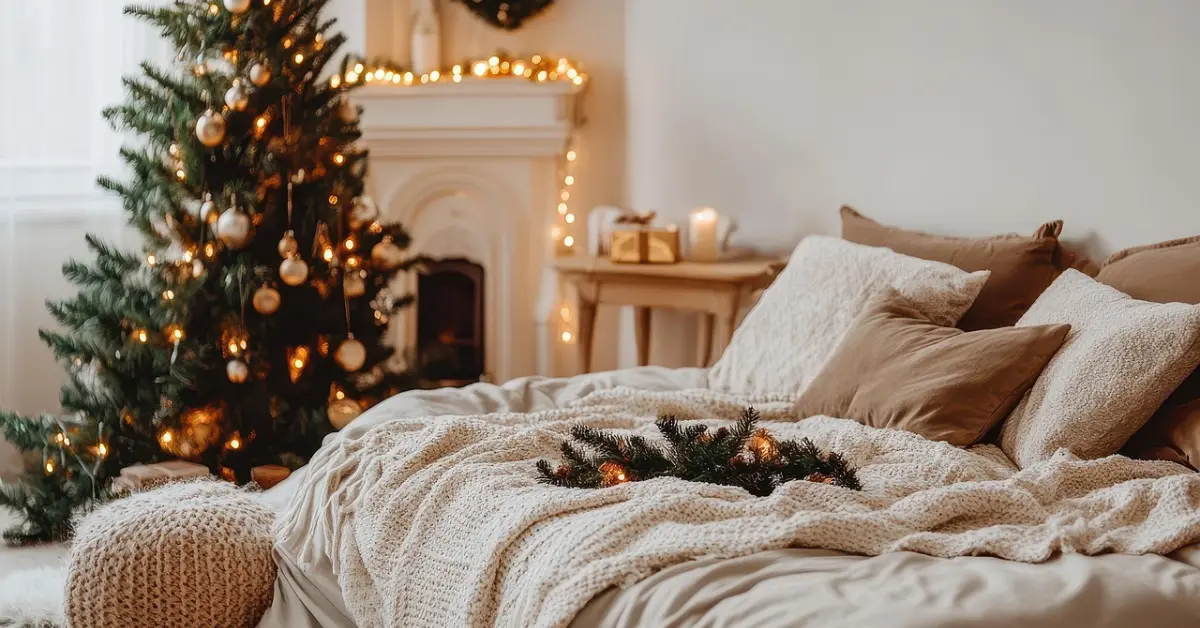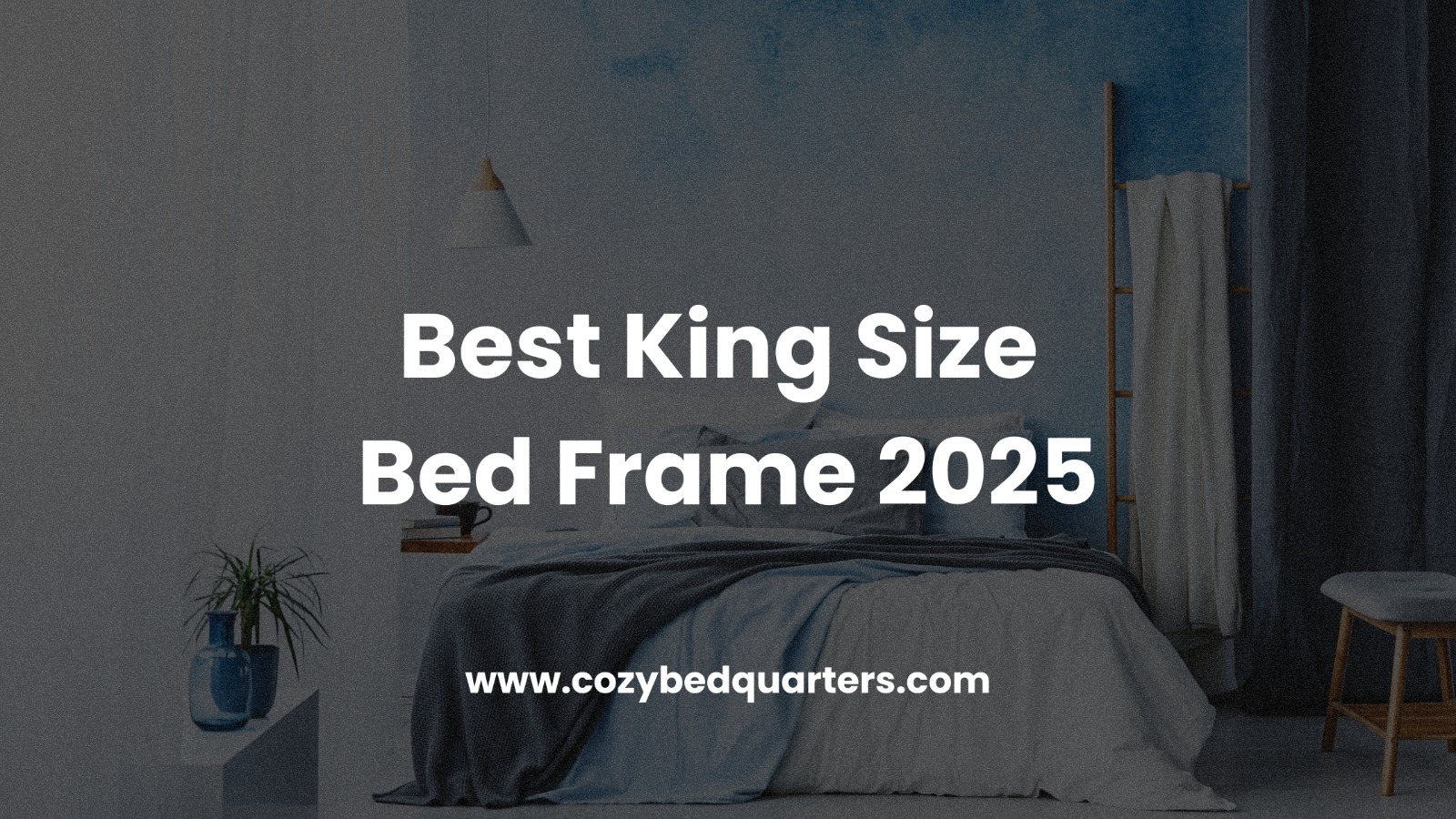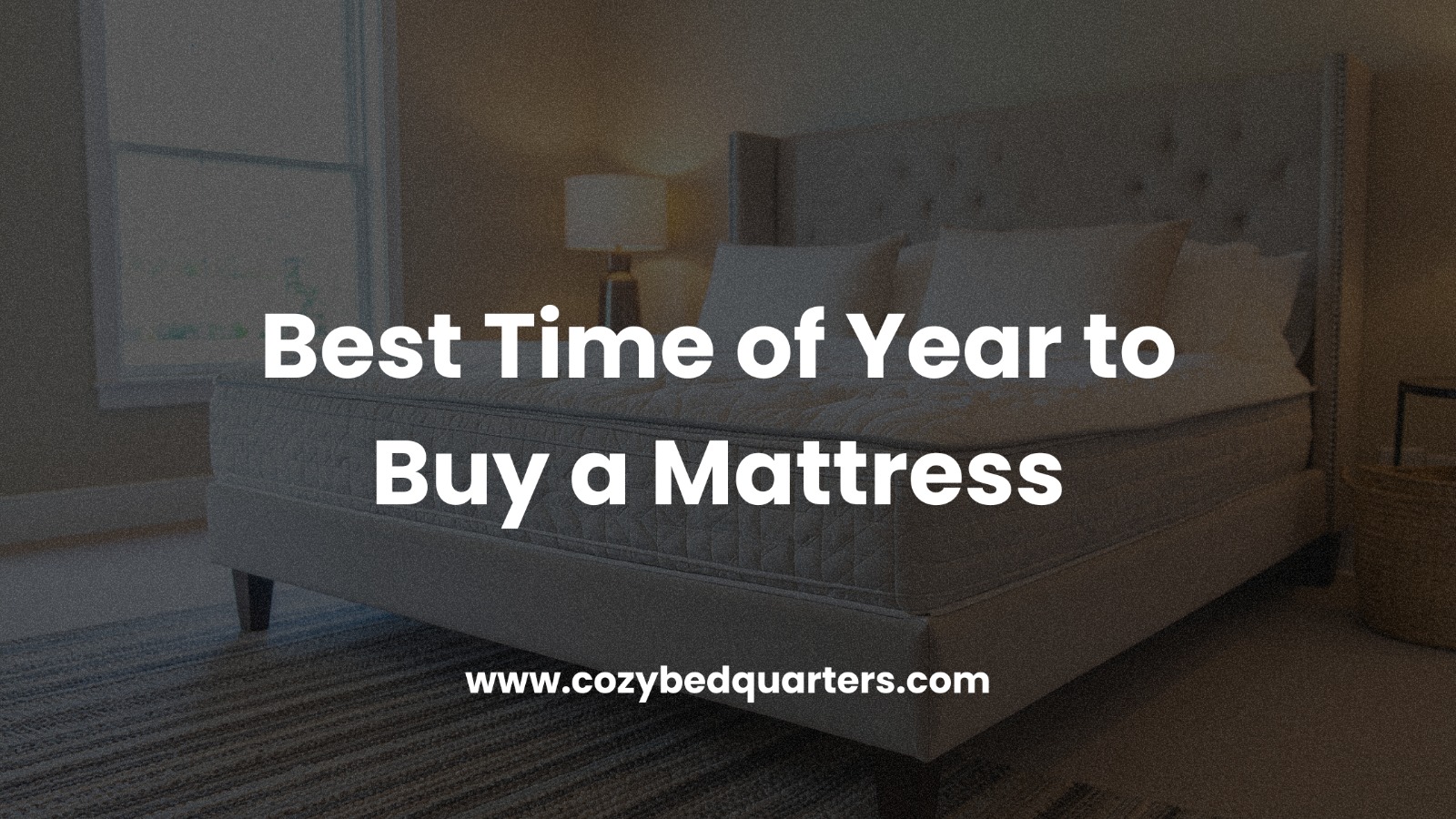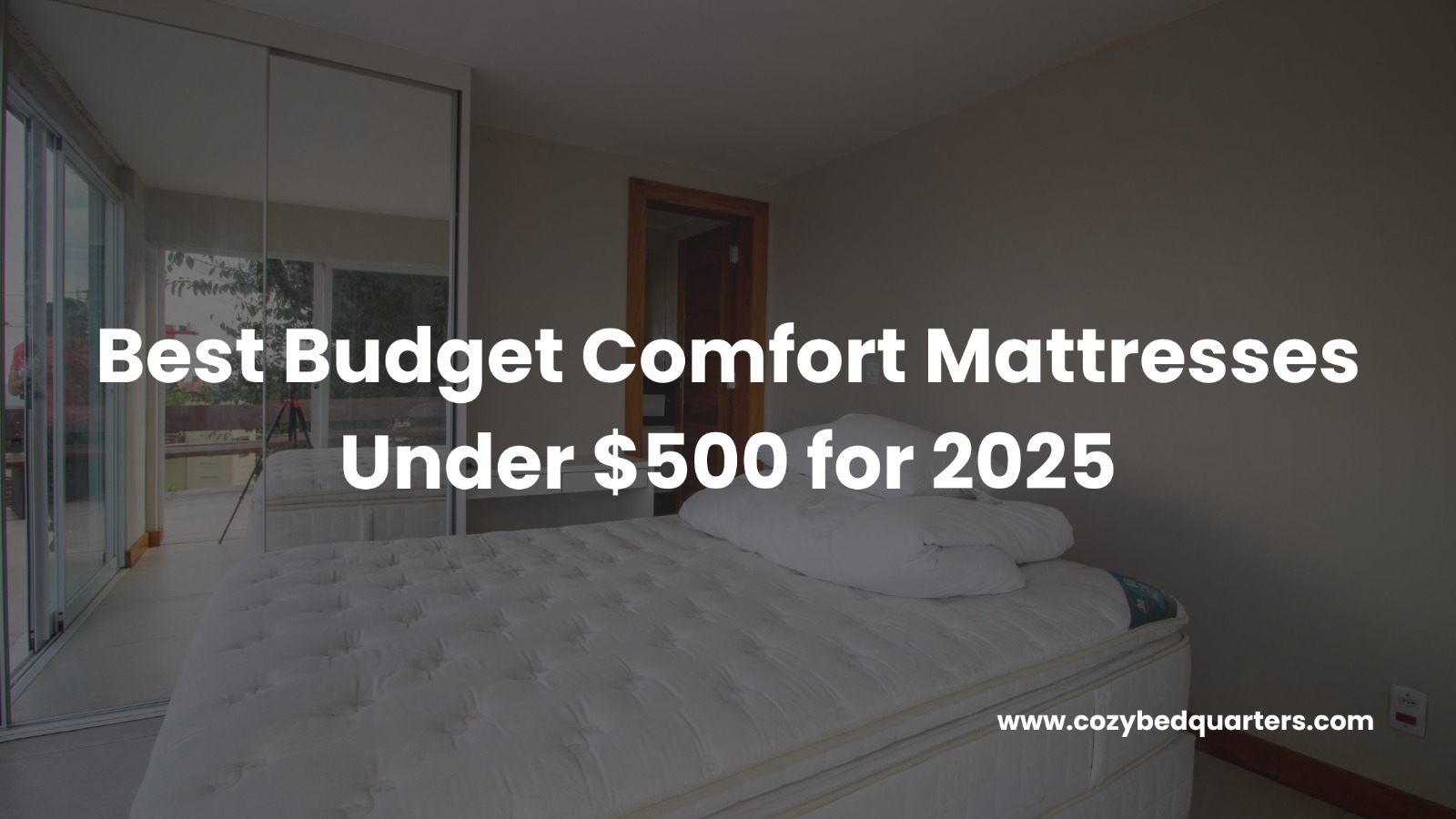Christmas-Themed Bed Sheets to Transform Your Space
When December arrives, your bedroom becomes more than just a place to sleep—it becomes a personal holiday retreat. One of the fastest, most impactful ways to bring that festive magic into your home is through Christmas bed sheets. Unlike a full décor makeover, swapping your sheets instantly changes the mood, color palette, and warmth of your space.
With 2025 holiday trends focusing on comfort, light layering, sustainable materials, and winter-themed patterns, Christmas-themed bedding has become one of the most popular choices for holiday décor lovers. In this guide, you’ll discover how the right sheets can transform your room, what styles are trending, and how to create a festive bedroom theme with ease.
Why Christmas Bed Sheets Make the Biggest Holiday Impact
Instant Transformation Without Redesigning Your Room
Christmas sheets change the entire visual feel of your bedroom in minutes. Even if your furniture and décor stay the same, holiday sheets add a burst of color, texture, and seasonal charm.
Seasonal Mood, Warmth & Sleep Comfort
Holiday sheets don’t just look festive—they improve the sensory experience of winter. Warm fabrics, cheerful patterns, and soft textures create a calming, cozy environment perfect for cold nights.
An Affordable Way to Build a Festive Bedroom Theme
Not everyone wants to buy new comforters or décor every year. Bed sheets give you a budget-friendly way to refresh your room without overspending.
How AI + Social Trends Influence 2025 Holiday Bedding Choices
With AI-driven recommendations, social media trends, and personalized holiday décor suggestions, 2025 bedding styles are more curated than ever. People are choosing holiday sheets based on mood boards, Pinterest inspiration, and trending aesthetic themes.
Types of Christmas Bed Sheets for Every Style
Classic Christmas Patterns
If you love traditional holiday décor, classic patterns like:
- Plaid
- Reindeer
- Snowflakes
- Holly
- Red-and-green prints
…instantly give your room that timeless Christmas look.
Modern Minimalist Holiday Designs
Minimalist bedding is on the rise in 2025. These designs feature:
- Soft neutrals
- Scandinavian patterns
- Simple holiday line art
- Low-contrast prints
Perfect for a calm, elevated festive room.
Bold, Whimsical & Character Prints
These playful designs are ideal for kids’ rooms or themed bedrooms. Bold colors, cartoon-style characters, and fun patterns bring instant joy.
Winter Wonderland Neutrals
If you prefer a peaceful, non-bold look, winter neutrals include:
- Icy blues
- Silver
- White
- Beige
They bring a serene snowy vibe into your room.
Best Materials for Holiday Bed Sheet Sets (Comfort + Durability)
Cotton — Breathable & Comfortable
Great for everyday comfort, cotton sheets work well in most climates and feel soft year-round.
Microfiber — Soft, Lightweight & Budget-Friendly
Microfiber holiday sheets are affordable, smooth, and great for families who want easy-care options.
Flannel — Ultra-Warm for Winter
Flannel is a cold-weather favorite—thick, warm, and luxuriously cozy during December.
Bamboo or Eco-Friendly Fabrics
Eco-conscious shoppers love bamboo blends because they’re breathable, sustainable, and naturally soft.
Performance Fabrics & Textile Technology (AI/Industry 4.0 Trend)
Modern holiday bedding now includes:
- Moisture-wicking fibers
- Cooling-but-warm hybrids
- Durable, fade-resistant holiday prints
These materials keep your bedding fresh and long-lasting.
Trending Designs for Christmas Bed Sheets in 2025
Scandinavian-Inspired Winter Prints
Minimalist pine trees, soft neutrals, and geometric snowflakes.
Metallic Accents & Subtle Sparkle Patterns
Gold or silver detailing adds elegance to holiday bedding.
Rustic Cabin & Vintage Christmas Aesthetics
Warm, nostalgic prints inspired by cozy cabin retreats.
Nature-Inspired Prints — Pine Trees, Animals, Forest Themes
Perfect for organic, peaceful Christmas bedroom styles.
Kids’ 2025 Holiday Sheet Trends
Vibrant colors, gentle textures, character prints, and glow-in-the-dark holiday patterns.
How to Build a Festive Bedroom Theme Using Bed Sheets
Start With a Holiday Color Palette
Choose either:
- Classic Christmas colors
- Soft winter neutrals
- Scandinavian-inspired monochromes
Layering Your Bedding the Right Way
A festive bedroom theme starts with strategic layering:
Sheets → Comforter → Throws → Pillows
Matching Sheets With Holiday Décor Around the Room
Pair your sheets with:
- String lights
- Garlands
- Holiday wall art
- A small Christmas tree
- Seasonal candles
Add Textures to Create Warmth & Depth
Think:
- Knit throws
- Faux fur accents
- Quilted blankets
Styling Tips for Making Christmas Bed Sheets Look Elevated
Use Pattern Balancing Techniques
Mix large and small prints for a polished, curated look.
Keep the Rest of the Room Simple but Festive
Avoid clutter—let your sheets be the star of the space.
Add Accent Lighting to Highlight the Bedding
Warm lighting enhances colors and makes your room glow.
Scents & Sensory Additions for Holiday Ambience
Add candles or diffusers with:
- Evergreen
- Cinnamon
- Vanilla
- Peppermint
Holiday Bed Sheet Sets
Features Shoppers Look For in 2025
- Soft-touch materials
- Deep pockets
- Fade-resistant holiday dyes
- Machine-wash durability
What Makes Holiday Bed Sheet Sets Worth Buying
Holiday sheets enhance comfort, last for years, and bring seasonal joy to any room.
How to Choose the Best Christmas Bed Sheets
Material Matters for Your Climate
Flannel for cold climates; cotton or bamboo for milder areas.
Pick Colors That Match Your Holiday Theme
Bold red-and-green or calm winter neutrals.
Pattern Selection Based on Room Size
Smaller rooms = lighter or minimal patterns.
Larger rooms can handle bold designs.
Durability & Care Instructions
Choose fade-resistant sheets with easy-care washing.
Kids vs. Adult Bedroom Needs
Kids: fun, bold prints.
Adults: elegant, calm designs.
Budget-Friendly Ways to Refresh Your Bedding for Christmas
Use Reversible Bed Sheets
Two designs in one — perfect for variety.
Add Affordable Holiday Pillowcases
Pillow covers instantly boost your theme.
DIY Bed Scarves or Decorative Throws
Create your own holiday foot blanket for added texture.
Mix-and-Match With Your Existing Bedding
Blend neutral bedding with festive sheets for a coordinated look.
FAQs
What are the best materials for Christmas bed sheets?
Cotton, microfiber, and flannel are top choices depending on climate and comfort needs.
How do I choose holiday bed sheet sets for my room?
Match materials to comfort level, choose colors you love, and pick patterns that complement your décor.
How can I make my bedroom look festive with just bed sheets?
Use themed sheet sets, layer with holiday pillows, and add simple lighting or garlands.
Are flannel Christmas sheets good for winter?
Yes—flannel is warm, soft, and perfect for cold December nights.
Conclusion
Christmas is the season of warmth, comfort, and joyful spaces. With the right Christmas bed sheets, you can transform your bedroom instantly—no major makeover required. Whether you prefer classic prints, modern themes, or calming winter neutrals, holiday bedding brings spirit, comfort, and festive charm to your personal retreat.
For more inspiration, cozy styling ideas, and holiday bedding guides, explore the world of seasonal comfort at Cozy Bed Quarters.










